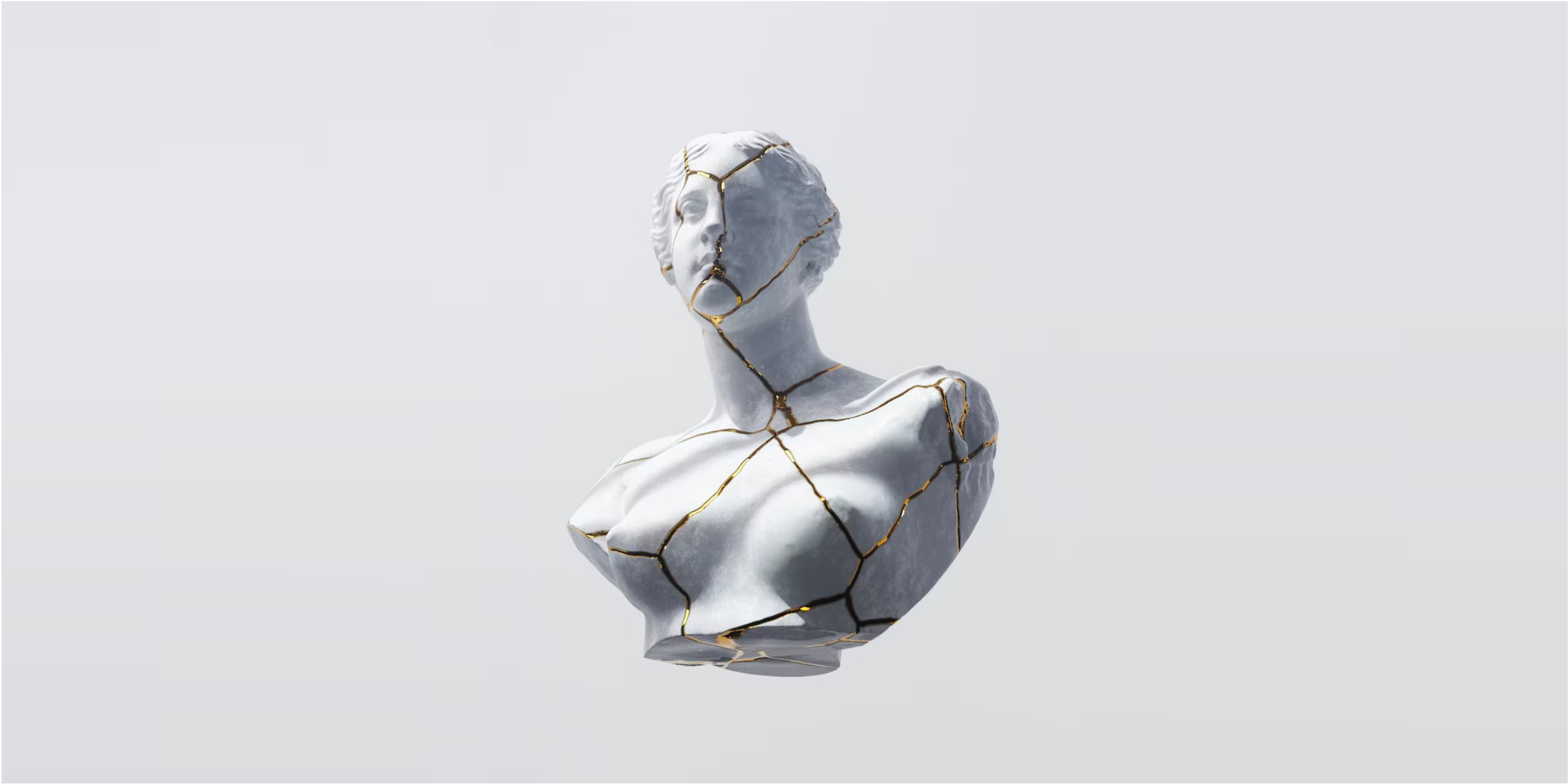Can biohacking change humans and life as we know it? Image credit: Faber Sorrentino, via Unsplash.
In 1988, Michael Schrage emphasised the detriment of allowing biotechnological equipment and knowledge to diffuse beyond academia. Now, it seems that this piece was not considered a warning, but rather an opinion to oppose.
Biohacking refers to the intent to manipulate your biology, often to improve health, well-being, and performance. While many biohacks are rooted in science, others are not, sometimes with harmful consequences. It is therefore crucial to distinguish biohacks with supported effects, from those shrouded in pseudo-science.
Biohacking with potential positive impacts
While cryotherapy is a common science-fiction trope, this therapy may have valid clinical applications. Cryotherapy is the cooling of body tissue, often administered through cold showers and ice baths. The former acts locally and systemically to improve health and well-being. For example, sickness absence from work was 29% lower in groups who switched their routines from hot to cold showers for 30 days, compared with a control group. This effect may be attributed to the cold shock activating the immune system, such as by increasing the number of CD4 T cells, which can activate antibody producing B cells. Since such response has only been observed in a small population of male athletes in the Czech Republic, more conclusive evidence is necessary to confirm the positive effects of cryotherapy.
While cryotherapy is a common science-fiction trope, this therapy may have valid clinical applications.
Experts also claim that hacking our diets reduces incidences of cancer and inflammation. Anthocyanins are a ubiquitous phytopigment that enrich many superfoods, including beetroot and berries. Although the documented effects of anthocyanins vary, there are cases where these pigments are associated with improved health. Namely, 25 individuals scheduled to undergo resection of colorectal tumours received an anthocyanin-rich berry extract in the week leading up to their surgery. Tumour cell proliferation was 7% lower than pre-anthocyanin rates. Therefore, anthocyanins may act as a chemopreventative agent, particularly in conjunction with surgery. These drugs act before, during, and after malignancy to prevent the development and recurrence of cancer. Although anthocyanin-rich foods are generally considered non-toxic, further research must confirm their anti-oncogenic properties.
Unprecedented impacts of biohacking
While many biohacks are relatively mundane, others breach the barriers of our biology. Body modifications are a common cultural and personal practice, with the earliest known record of tattoos dating back to 3250 BC. Within the confines of Silicon Valley, however, these modifications are seldom for aesthetic purposes. Neuralink, co-founded by Elon Musk, is a transhumanist company promoting implantable brain-computer interfaces. Despite recently being granted FDA approval for human trials, there is still wider concern surrounding implantation of foreign devices, such as the link with cancer and chronic infection.
Further, in December of last year, Reuters reported a federal investigation of Neuralink over alleged animal welfare concerns. Since 2018, approximately 1500 animals have been killed as part of the implant trials. Previous employees claim that Musk’s need for quick results has rushed experiments, such that mistakes have been made, trials repeated, and more animals killed than necessary. Hence, Neuralink may not only be promoting dangerous modifications, but is also killing animals in excess during the process.
Body modifications are a common cultural practice. Within the confines of Silicon Valley, however, these modifications are seldom for aesthetic purposes.
One must also consider whether, and if so, the extent to which, Neuralink’s product justifies its ethically tenuous production. A brain-computer interface seems an unnecessary and dangerous body modification that would harm more than enhance. Blurring the demarcation between humans and technology need not become common practice.
Often untouched are the parallels between biohacking and eating disorder symptoms. In 2017, Silicon Valley entrepreneur Serge Faguet claimed his $200k biohacking expenditure improved his disposition, sex life and health. However, these self-proclaimed benefits arose from dangerous thinking, such as comparing sugar with poison. While Faguet includes a disclaimer within his article, ‘This is not medical advice. This is just my personal story’, this does not prevent his negative associations with food from mis-informing others and potentially causing harm. Additionally, Faguet promotes an array of controversial practices, such as using illegal drugs and taking prescribed medicine without fulfilling the clinical criteria. As such, biohackers who claim to have augmented human existence may inadvertently be promoting poor mental and physical health.
Biohacking genetics
Biohacking, for the most of its history, has been a post-natal process, but what if our biology could be altered before we were even born? That is what the revolutionary discovery of CRISPR/Cas9 gene editing technology enabled. The CRISPR/Cas9 complex allows targeted gene correction, deletion, and addition, initially proposed for human gene therapies and genetic modification of non-human species. Nevertheless, biohackers disregarded the latter and are exploring a new era of science: The genetic modification of humans.
Arguably most extremely, researchers claimed to use CRIPSR to genetically engineer human embryos to be HIV-immune. Jiankui’s team from SUSTech in China stated they had reproduced ‘a prevalent genetic variant of the CCR5 gene’, in embryos of ‘normal and healthy’ twin girls. The CCR5 gene encodes a HIV-binding receptor that would normally enable the infection of immune cells by HIV. In the CCR5 mutants, however, HIV is prevented from infecting these cells. Despite the authors stating the editing technology introduced no adverse mutations in the babies, the cells tested for this claim did not actually contribute to the twins’ bodies. There are also many other issues with the unpublished work, such as a false date of birth of the twins, and unrealistic claims that gene editing could control the HIV endemic.
The work has even been condemned by CRISPR co-inventor Jennifer Doudna. Doudna stated the work ‘break[s] from the global consensus that…CRISPR-Cas9 for human germline editing should [currently] not proceed’. Jiankui clearly acted irresponsibly, risking children’s health, and was later prosecuted for his illegal medical practices.
Those in power must ensure biohacking becomes more scientific rather than a garage experiment.
Nevertheless, sentencing has not deterred Jiankui from proposing comparable work, albeit now recognising the need for government approval and, the dangers of CRISPR/Cas9 use in embryos. In June of this year, Jiankui tweeted a research proposal: ‘Human embryo gene editing to protect against Alzheimer’s disease’. Redolent of his previous work, Jiankui conveys the use of gene editing to eradicate Alzheimer’s from the population. While such work is currently a proposition, and may never get approval from the Chinese government, it has still sparked concern regarding ethics, and how readers may misconstrue the proposal as a cure.
Bodily autonomy is unequivocal, but whether this extends to our genome is disputed. Biohacker David Ishee argues that we have the right to choose who we are at the molecular level. While this thought could potentially be applied to those with debilitating genetic conditions, it breaches eugenics territory. Eugenicists aim to improve the human gene pool by excluding certain groups of people from reproduction. Human gene editing also aims to remove less valuable traits from a population, but societal and personal perception of human value differ. Who are we to value someone based on their genetics, as if genes are a dispensable toy to play with? Genes are not a currency— they should not be exchangeable, nor should they convey worth.
The future of biohacking
As technology advances, biohacking will inevitably follow the same trajectory. This may improve lives— superfoods may be engineered to have a higher concentration of anthocyanins, and cryotherapy may be able to be administered in a more regulated manner. Nevertheless, the technology could also be used to change the human gene pool. Those in power cannot overlook the capability of technology and must allow scientists to inform policy around genetic engineering, ensuring biohacking becomes more scientific rather than a garage experiment.





